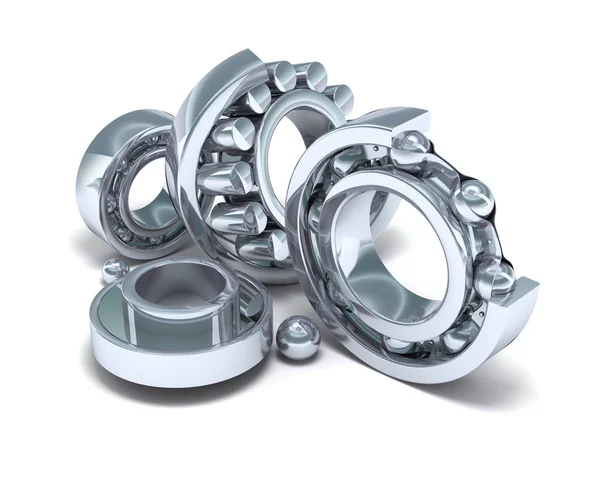Types of Bearing Failures
Types of Bearing Failures
Blog Article

When a bearing fails, it can lead to catastrophic machinery breakdowns, resulting in significant downtime and costly repairs. For instance, a manufacturing plant relying heavily on automated equipment may face production halts that cost thousands of dollars per hour. Understanding the intricacies of Bearing failure analysis is crucial for professionals who aim to prevent these costly failures and maintain operational efficiency.
Types of Bearing Failures
Bearings can experience various types of failures, each with distinct causes and implications. The most common failures include:
- Fatigue Failure: This occurs when the bearing material undergoes repeated stress, leading to surface cracks and eventual pieces flaking off. It is often seen in high-load applications.
- Wear: Over time, bearings can lose material due to friction and inadequate lubrication. This gradual process can lead to increased clearances and misalignment.
- Creep: In applications where the bearing rotates under heavy loads, creep can occur, causing the bearing to shift from its original position.
- Corrosion: Exposure to moisture, chemicals, or contaminants can lead to rust and corrosion, weakening the bearing and causing premature failure.
Causes of Bearing Failures
Identifying the root causes of bearing failures is essential for implementing effective solutions. Common causes include:
- Poor Lubrication: Insufficient or degraded lubricant can lead to increased friction, overheating, and ultimately, bearing failure. Regularly checking lubricant levels and quality can mitigate this risk.
- Contamination: Particles such as dirt, dust, or metal shavings can enter the bearing assembly and cause abrasive wear. Proper sealing and cleanliness during maintenance can help prevent contamination.
- Misalignment: Bearings must be properly aligned to function effectively. Misalignment can lead to uneven load distribution and increased stress on the bearing surfaces.
[IMAGE]
Conducting a Bearing Failure Analysis
Analyzing a bearing failure involves a systematic approach to uncovering the underlying issues. Here’s a step-by-step guide:
- Visual Inspection: Start with a thorough visual examination of the failed bearing. Look for signs of wear, scoring, or discoloration.
- Material Analysis: Conduct material tests to check for hardness and structural integrity. This can reveal if the material met the necessary specifications or if it was compromised.
- Operational Review: Assess the operating conditions. Factors such as load, speed, and environmental conditions play a significant role in bearing performance.
- Plausibility Checks: Compare the findings against known failure modes. This helps in identifying whether the failure aligns with typical patterns observed in similar applications.
Preventative Measures
Preventing bearing failures is not just about fixing problems; it's about implementing practices that enhance reliability. Here are some recommended strategies:
- Regular Maintenance: Establish a routine maintenance schedule that includes lubrication checks, cleaning, and inspections.
- Condition Monitoring: Utilizing sensors to monitor vibration, temperature, and noise can provide early warnings of potential issues.
- Training and Awareness: Educating the team about proper installation techniques and the importance of alignment can significantly reduce failures.
Ultimately, understanding bearing failure analysis not only helps in diagnosing issues but also aids in creating a robust maintenance framework that enhances machinery longevity and performance. By staying proactive and informed, organizations can minimize risks associated with bearing failures and ensure smoother operations.
Report this page